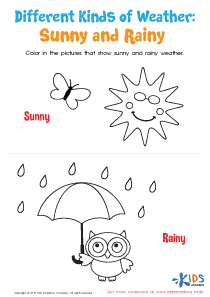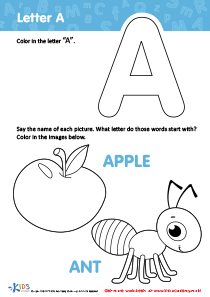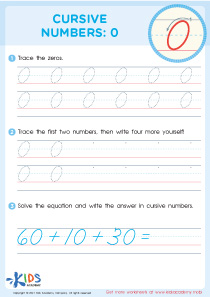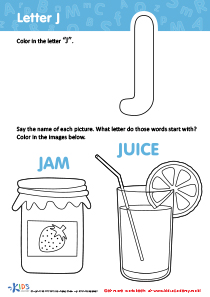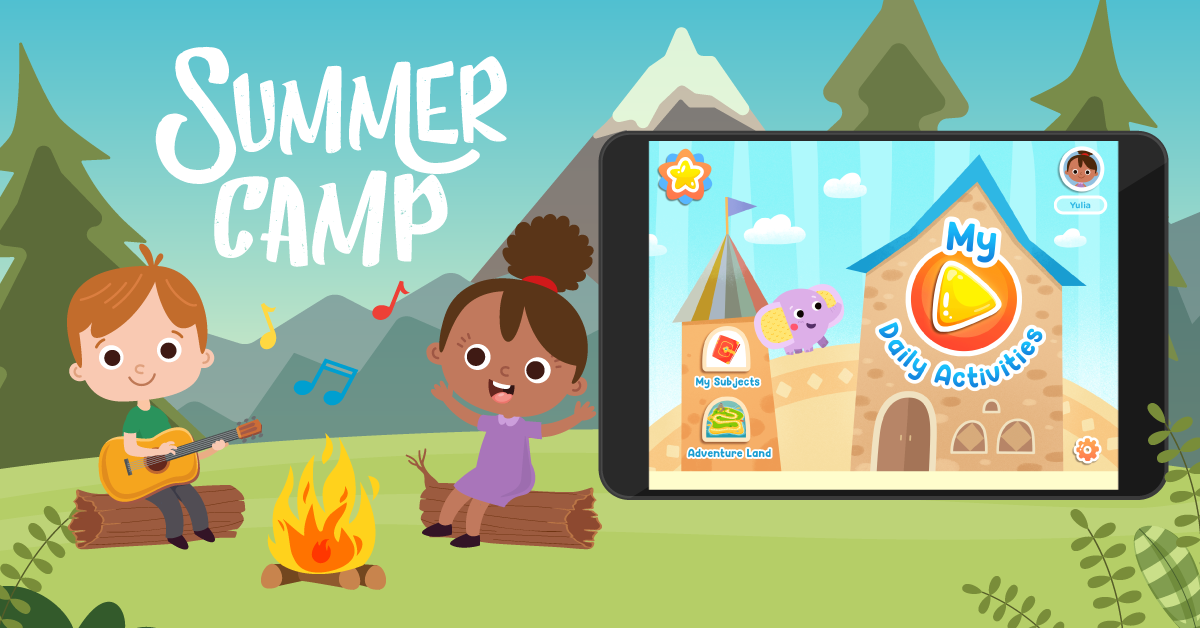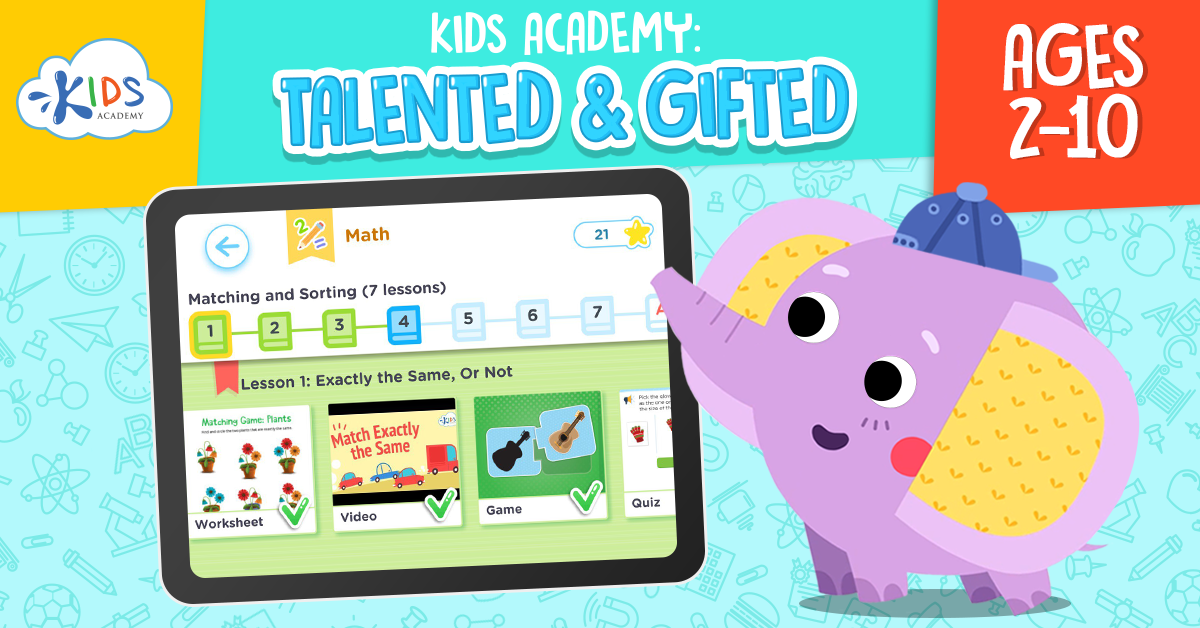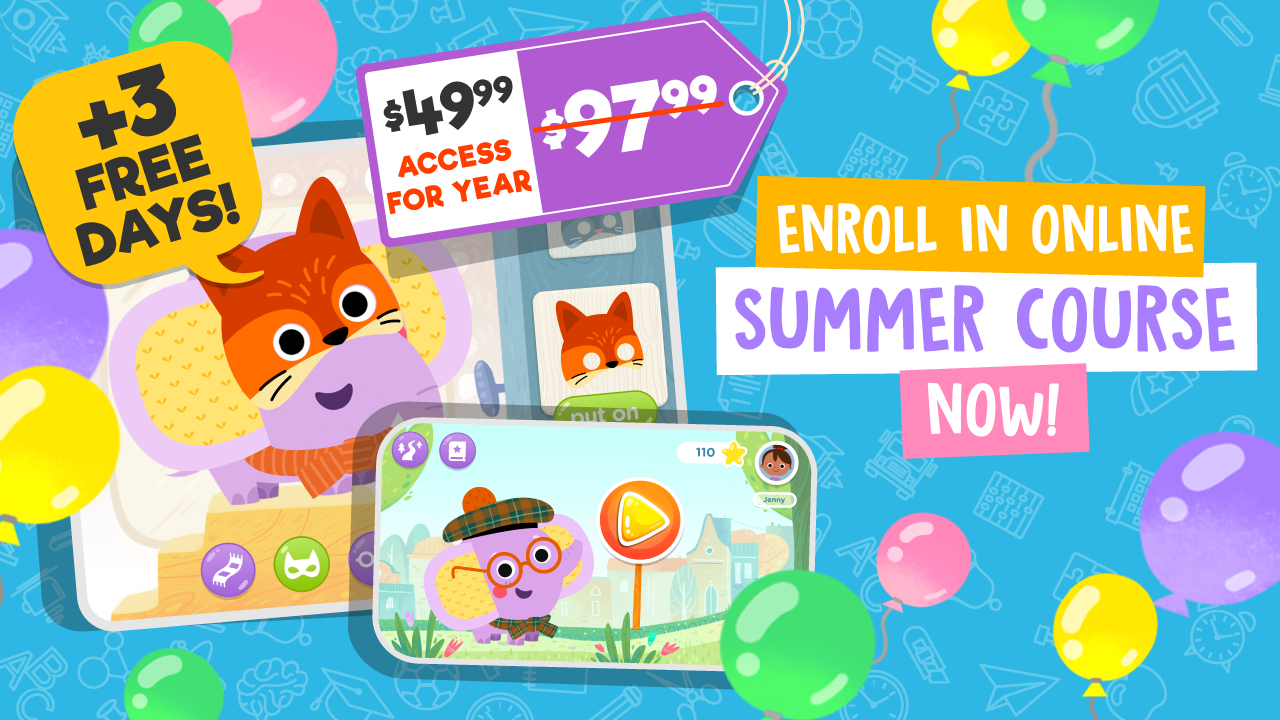Normal Parts of a Book Quizzes for Ages 3-4
1 results
1 filtered results
Clear all filters1 filtered results
-
From - To
Dive into the enchanting world of reading with our "Normal Parts of a Book" interactive assessment quizzes, specially crafted for children aged 3-4. This delightful series is designed to introduce young minds to the fundamental elements of a book, including the cover, title page, and the magic of storytelling that unfolds page by page. With engaging quizzes that offer immediate feedback, your little ones will not only learn but also enjoy the process of discovering the parts of a book. Perfect for early learners, our quizzes ensure a fun, educational experience, laying the foundation for a lifetime love of reading.
In the vibrant world of early education, interactive learning tools have emerged as key components in nurturing young minds. Among these, the Normal Parts of a Book for Ages 3-4 interactive quizzes stand out as a remarkable resource for children embarking on their educational journey. These quizzes are not just educational tools; they are gateways to a world of imagination, understanding, and fundamental knowledge crucial for the developmental stages of children.
Understanding the structure of a book is foundational for literacy development. It familiarizes young learners with the basic components of a book, such as the front cover, back cover, spine, title page, and the difference between illustrations and text. This knowledge not only aids in their comprehension skills but also instills in them a respect and love for books, setting the stage for a lifelong passion for reading.
The Normal Parts of a Book for Ages 3-4 interactive quizzes are meticulously designed to cater to the learning capabilities and interests of young children. These quizzes incorporate vibrant animations, engaging sounds, and intuitive gameplay to hold the attention of children. Such an immersive experience ensures that learning is not a chore but a joyful adventure that children look forward to.
One of the most significant advantages of these quizzes is their ability to adapt to the individual learning pace of each child. Unlike traditional classroom settings where the pace of learning is uniform, the interactive quizzes allow children to learn at their own pace, ensuring that they grasp the concepts fully before moving on. This personalized learning approach is particularly beneficial at this tender age, where fostering a positive and confident learning attitude is as crucial as the learning itself.
Furthermore, the Normal Parts of a Book for Ages 3-4 interactive quizzes are designed to encourage critical thinking and problem-solving skills from an early age. By engaging with the quizzes, children learn to associate symbols with concepts, an essential skill in reading readiness. They also develop attention to detail as they distinguish between different parts of a book, preparing them for more complex reading tasks ahead.
Another invaluable benefit of these quizzes is their role in enhancing hand-eye coordination and fine motor skills. As children interact with the quizzes through taps and swipes, they refine their motor skills, which are vital for writing. This interactive engagement offers a more holistic developmental advantage than passive learning methods.
Parental involvement is another facet where the Normal Parts of a Book for Ages 3-4 interactive quizzes excel. They provide an excellent opportunity for parents to engage with their children's learning process. The quizzes can serve as a bonding activity, where parents guide their children through the quizzes, enriching the learning experience with discussions, questions, and real-world connections to the parts of a book.
In conclusion, the Normal Parts of a Book for Ages 3-4 interactive quizzes are not just learning tools; they are bridges to literacy, critical thinking, and a lifelong love for reading. By providing a foundation in the basic structure of books, enhancing motor skills, and fostering a positive learning environment, these quizzes play a pivotal role in the educational journey of children. As we look towards the future of education, the integration of such engaging and effective learning methodologies promises a brighter, more literate world.
